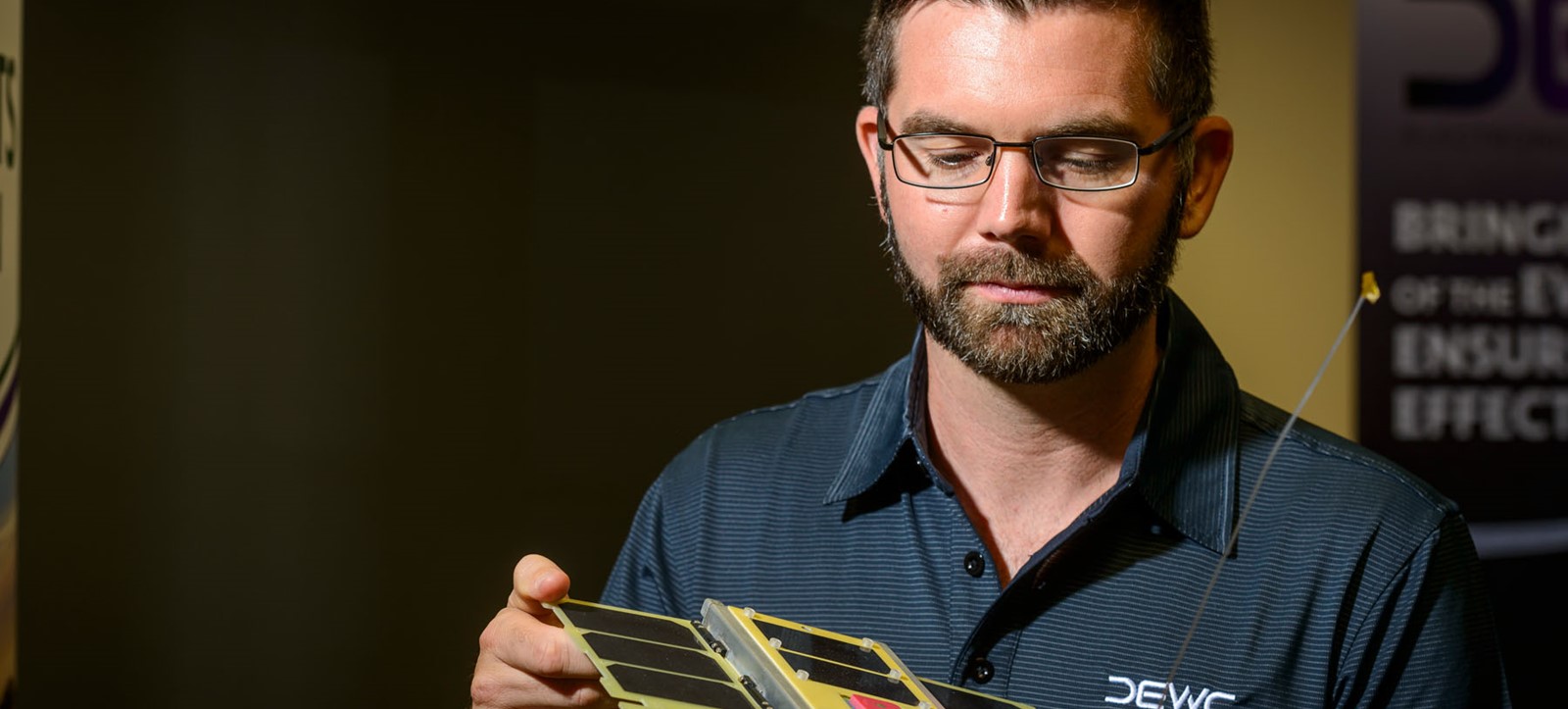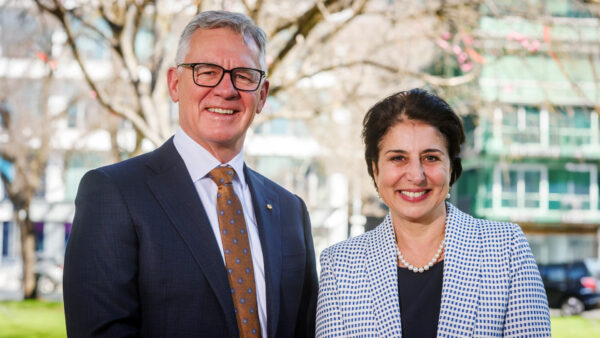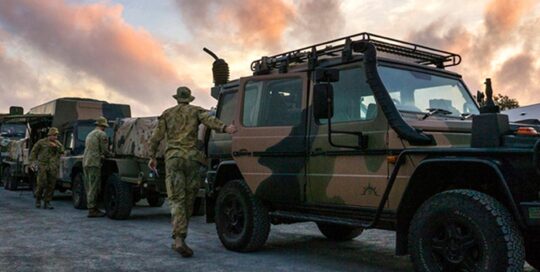SA project to enhance ADF’s eye in sky ready for take off
30 April 2020
A collaborative South Australian project aimed at improving the Australian Defence Force’s ability to monitor potential threats from space will propel forward, thanks to a significant funding boost from the Australian Government.
South Australian electronic warfare company DEWC Systems was recently awarded $3.1 million through the Defence Innovation Hub program to continue its Miniaturised Orbital Electronic Warfare Sensor Systems (MOESS) project.
The MOESS project, was kick-started through South Australia’s Defence Innovation Partnership after receiving $150,000 from the Collaborative Research Fund for phase 1. This phase was achieved in collaboration with Defence Science and Technology, Finders University, The University of Adelaide and University of South Australia.
The fully developed project will involve a constellation of small satellites fitted with a range of sensors and monitoring equipment to detect radars on ships and aircraft on the ground, giving the Defence Force an “eye in the sky” and enhancing situational awareness.
DEWC Systems Chief Executive Ian Spencer said the funding will enable the project to move from the research phase to design and prototyping, with the company now looking to employ additional staff to deliver the project.
“[The funding] gives us confidence that Defence is interested in exploring the technology further, so we can make the employment investment we need to position the company to deliver the project.”
The project will eventually provide unique space-based Electronic Warfare capability that is entirely Australian developed, owned and operated.
“Other countries have similar capabilities that are far more expensive on large satellites, but this is the first time Australia will have its own system at a fraction of the price using small satellites,” Spencer said.
“As missions become more complex, this system can be reprogrammed to accommodate them as well as applying artificial intelligence and machine learning techniques to keep it up to date. As hardware improves, we can launch new satellites relatively inexpensively to supplement the constellation that is already there.”
“We have started developing a list of potential suppliers and other South Australian companies that we want to potentially help us fill the gaps and provide some of the equipment we wouldn’t make ourselves.”
Defence SA Chief Executive Richard Price congratulated DEWC Systems on receiving follow-on funding for the continuation of the company’s MOESS project.
“Congratulations to the team at DEWC Systems on the significant progress already made on this project, which was catalysed through the Defence Innovation Partnership’s Collaborative Research Fund,” Price said.
“We’re pleased to see the project receive further funding and be recognised as crucial to advancing the nation’s Defence Force capabilities; it’s also a fantastic outcome for the Defence Innovation Partnership.
“The Defence Innovation Partnership stimulates collaborative defence-relevant research and development between government, university and industry partners. Its Collaborative Research Fund was established to stimulate collaborative research teams and activities and develop them to a level where they are able to attract further funding, as we have seen happen with DEWC.”
Spencer thanked the Defence Innovation Partnership for its support through the research phase which helped identify that the concept was viable.
“The Defence Innovation Partnership came to us very early on and gave us the support we needed to engage the universities in South Australia and DST. This enabled us to get the technology to a maturity level to make a credible presentation for the Defence Innovation Hub bid.”
The company hopes to progress to flight trials mid-2021 and in-space testing by the end of 2022.









